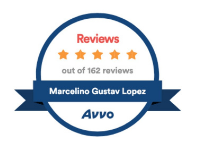In Indiana OWI cases, “endangerment” refers to any driving behavior that poses a potential risk, even if it doesn’t seem reckless. Many assume it requires extreme actions like speeding or swerving dangerously, but the threshold is surprisingly low. Common examples include briefly crossing the center line, minor weaving within a lane, or even a small crash. The key issue is that proving actual danger isn’t necessary—just the possibility of risk is enough. This makes endangerment a significant factor in OWI cases because it elevates the charge from a Class C misdemeanor to a Class A misdemeanor, which carries harsher penalties, including up to a year in jail.
Fighting an endangerment charge can make a major difference in how an OWI case is perceived, both legally and socially. Many defendants argue that they were alone on the road, but Indiana law allows for a “phantom person” standard—meaning the mere possibility that someone could have been endangered is sufficient. However, prosecutors must show more than just intoxication; there must be tangible evidence of risky driving. Courts have overturned convictions based on weak evidence, such as a broken taillight alone.



